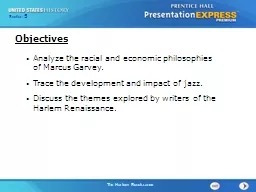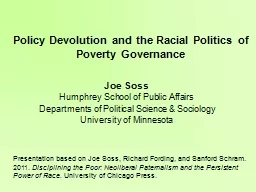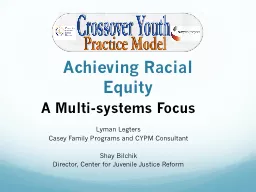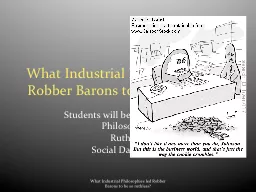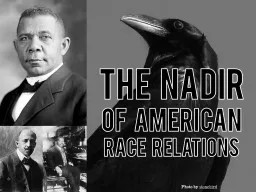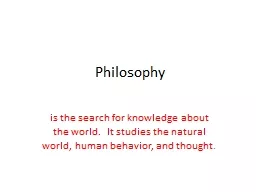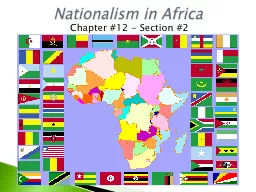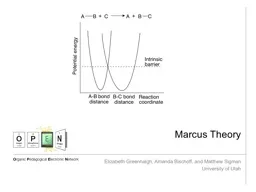PPT-Objectives Analyze the racial and economic philosophies of Marcus Garvey.
Author : myesha-ticknor | Published Date : 2018-11-01
Trace the development and impact of jazz Discuss the themes explored by writers of the Harlem Renaissance Terms and People Marcus Garvey founder of the Universal
Presentation Embed Code
Download Presentation
Download Presentation The PPT/PDF document "Objectives Analyze the racial and econom..." is the property of its rightful owner. Permission is granted to download and print the materials on this website for personal, non-commercial use only, and to display it on your personal computer provided you do not modify the materials and that you retain all copyright notices contained in the materials. By downloading content from our website, you accept the terms of this agreement.
Objectives Analyze the racial and economic philosophies of Marcus Garvey.: Transcript
Download Rules Of Document
"Objectives Analyze the racial and economic philosophies of Marcus Garvey."The content belongs to its owner. You may download and print it for personal use, without modification, and keep all copyright notices. By downloading, you agree to these terms.
Related Documents

